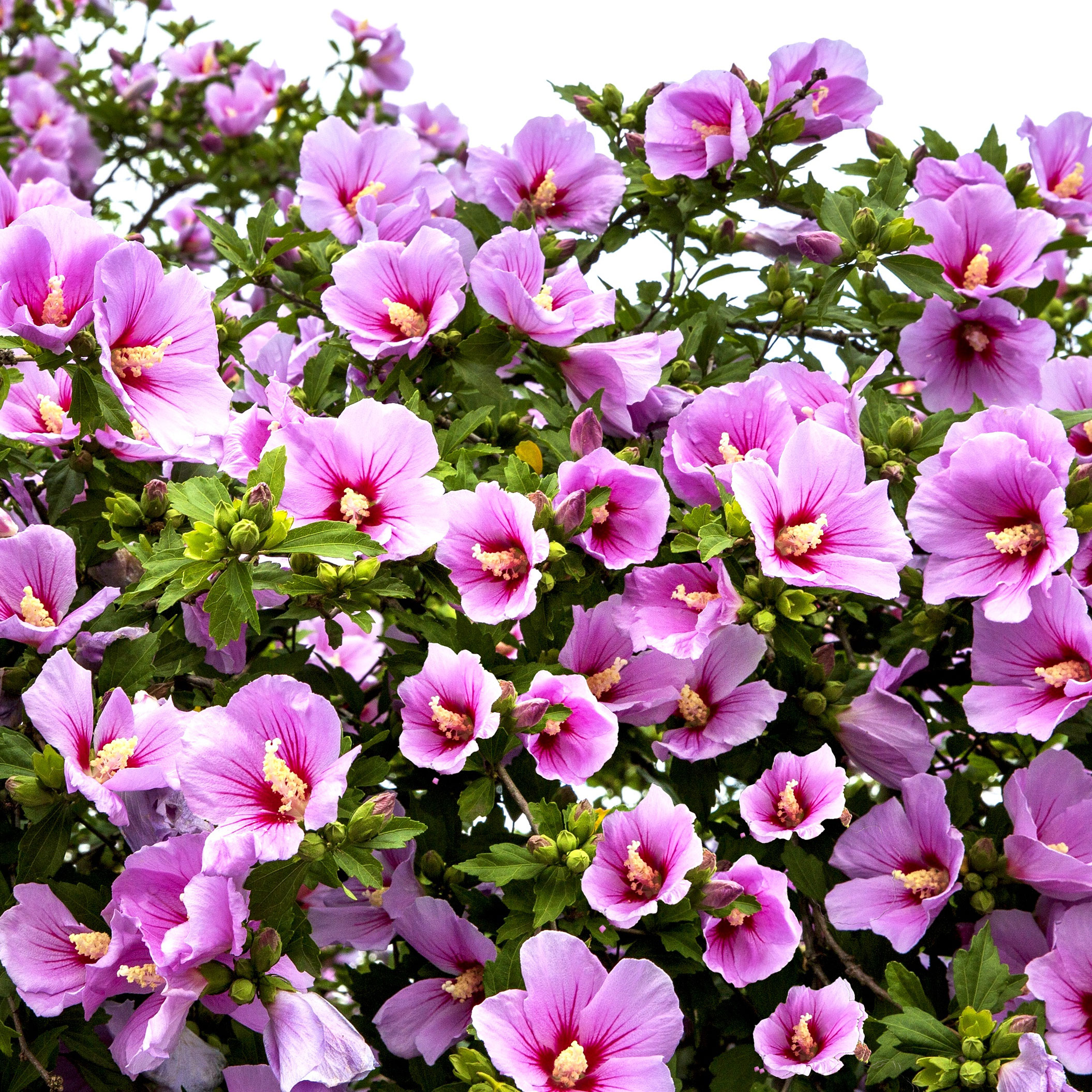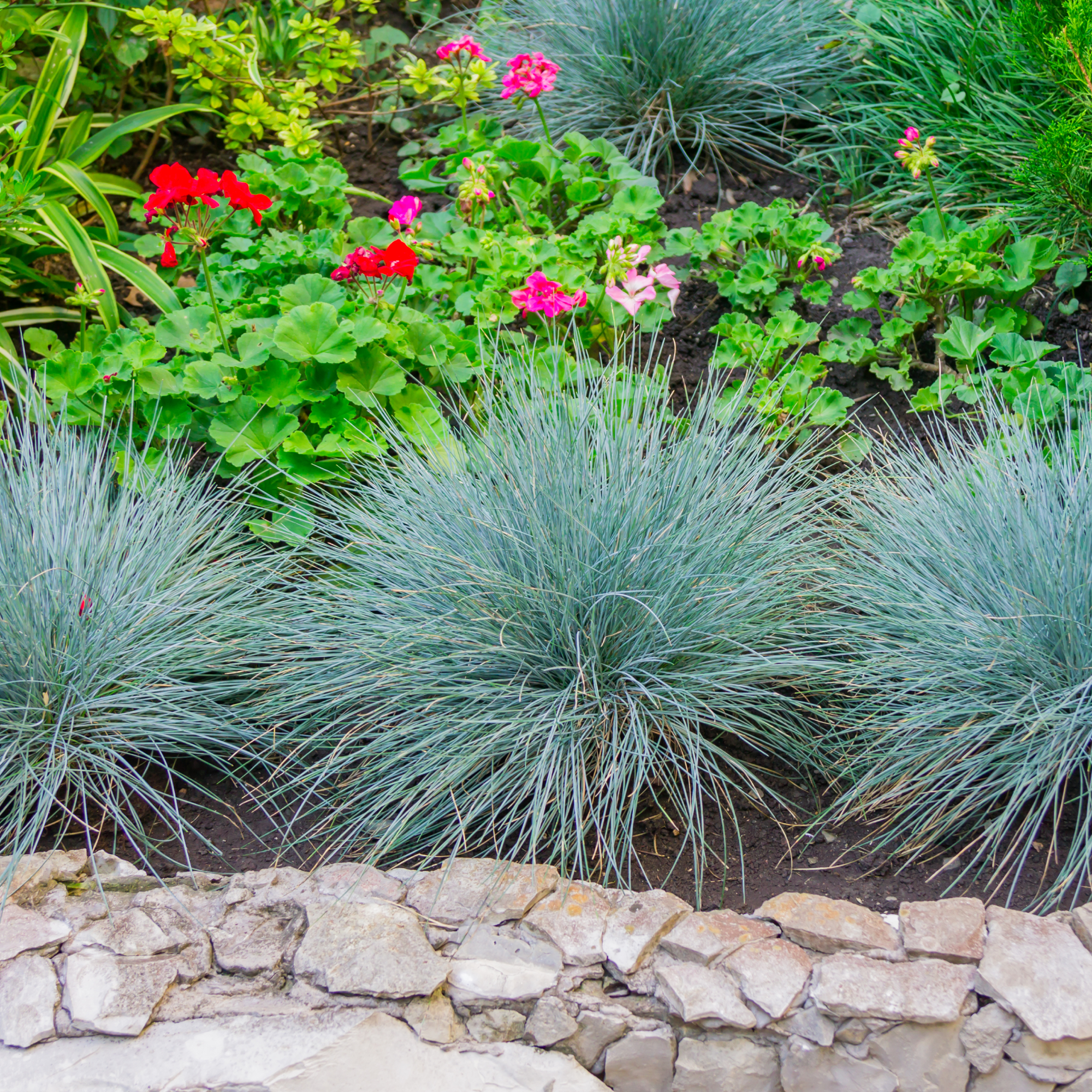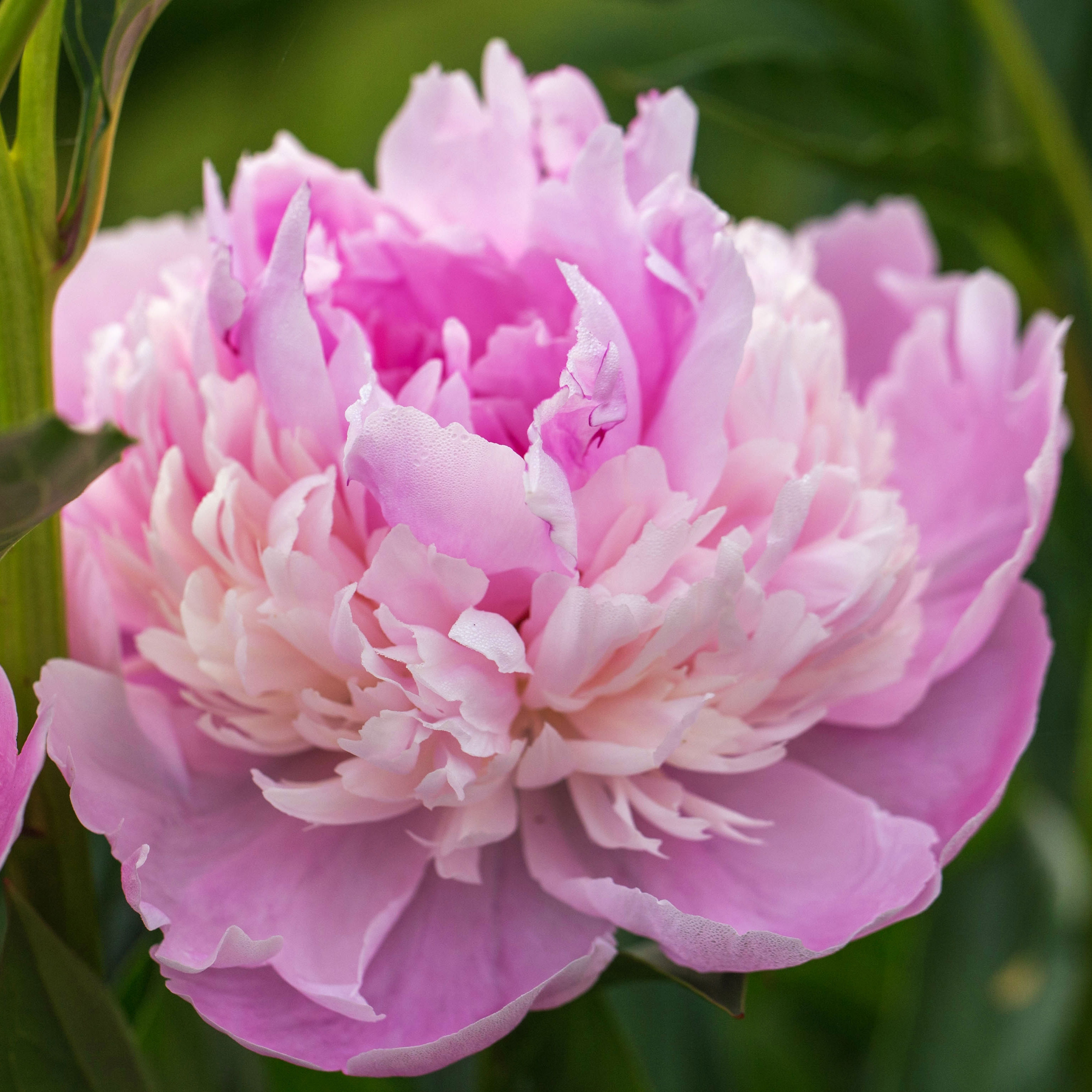Why Are There No Leaves On My Azaleas? Identify Common Azalea Leaf Issues And Fix Foliage Problems
Azaleas grown under ideal conditions are normally carefree and disease free, but things can go wrong. Learn about common azalea leaf problems and solutions.

Amy Draiss
Azaleas are known for their masses of vibrant color in spring and are the pride and joy of many who grow them. It is very disheartening to discover leaf loss or other foliage problems on a prized azalea. Many foliage issues are fixable if caught in time and others are only temporary.
Taking care of azaleas should be easy if the planting site is correct. The soil should be very well draining, somewhat acidic, with lots of organic matter. The location should be in part sun or a woodland environment and the soil kept moderately moist. Many common azalea problems are due to overwatering, over fertilizing, or alkaline soil. Seasoned azalea growers will tell you that neglect is better than killing them with kindness.
Common Azalea Leaf Issues
An azalea not leafing out must be one of the worst discoveries. Not far behind is azalea leaf drop. Here are common foliage problems to look out for and what to do about them.

- No leaves on branches - When your azalea doesn’t leaf out like it usually does, don’t panic yet. It could be a weather-related delay so give it more time. And many deciduous azaleas bloom first before the leaves emerge. Also, check the stems to see if the plant is still alive. If you can snap off a small stem easily, that is not a good sign. Then scrape off some bark and see what the color is below. If it is green, the branch is still alive. If it is gray or brown, the branch is dead. Scrape a little further down the stem and see if you can find green. If you do, hope is not lost. Prune the azalea until all the dead parts of the branches have been removed and watch for new growth.
- Leaves dropping - Some leaf dropping is normal because older leaves naturally shed from the plant. And deciduous azaleas drop all their leaves in fall, but they should regrow in spring. Even evergreen azaleas drop their leaves, but you may not notice. That is because they have two sets of leaves. The spring leaves drop off in the fall, but the summer leaves remain through the winter. Not matching an azalea's ideal water requirements by overwatering or underwatering also can cause leaf drop. If the plant is not getting enough water, leaves will start dropping, especially azaleas in containers. On the other hand, too much water can damage the roots which leaves them unable to send water up to the leaves.
- Leaves drooping - Droopy leaves in winter are typically a response to cold weather. When the temperature warms in spring, the leaves should return to normal. In summer, droopy leaves can be attributed to drought.
- Leaves yellowing - If the azalea leaves are yellowing, it can mean several things. It can be overwatering, nutrient shortage, too much fertilizer, or alkaline soil. Soil testing is helpful to determine if there is a nutrient deficiency or high soil pH.
- Leaves scorching - The leaves scorch if they are overstressed due to wind, rainy or cold weather. The brown leaves drop off but are replaced by healthy leaves if the conditions improve.
- Branches dying - If branches are turning brown and dying during the spring and summer it is likely due to winter injury that is just now showing. Cut out the dead branches and stop fertilizing. Consider replacing the plant with a more cold hardy species for your area.

Craft something unique that you can also wear. Dive into the world of hand embroidery with these easy embroidered earrings. Find in the Gardening Know How Shop.
Potential Leaf Pests And Diseases
Pests and disease also can cause foliage problems. Healthy azaleas tend to ward off pests and diseases so try to keep your plants watered and check them regularly for any signs of pests or disease. Catching pests before it’s a full blown infestation may prevent the demise of your plant.
Here are common foliage pests and disease:
Azalea Leaf Pests

- Spider mites leave a distinctive yellow to white stippling on foliage. In heavier infestations you may see webbing. The biggest problems are when it is hot and dry. Spray undersides of leaves with Neem oil.
- Azalea lace bug damage is recognized by yellowish to whitish speckled leaves with peppered (bug poop) undersides. You can spray with insecticidal soap or Neem oil on the tops and undersides of leaves.
- Leaf miners burrow inside the leaves but the outer leaves show meandering trails. Since they are inside, chemical control does not help. If there are just a few, pick off the affected leaves.
Azalea Leaf Diseases

- Leaf fungal spots (Cercospora species, Septoria species, Phyllosticta species and Colletotrichum species) show up on leaves during the season and may cause leaves to drop. Fungicides don’t really help once the infection is present. Cleanliness is important to prevent reinfection. Rake up and dispose of all fallen leaves.
- Azalea leaf gall (Exobasidium vaccinii) is an early spring fungal disease that causes leaves and buds to disfigure, turning pale green or white, and becoming brown and hard with age. Pick the affected leaves and discard.
- Root and crown rot (Phytophthora species) is prevalent in poorly drained areas. Wood near the soil line turns brown and leaves wilt. Roots are soggy and black. Chemical treatment does not help. Prevention is key. Choose resistant varieties and plant in well drained soil.
- Powdery mildew leaves a powdery white coating on the foliage. If caught early, you can remove the affected leaves before it spreads. Pick up fallen foliage to prevent recurrence next year. Improve light and air circulation if possible.

Frequently Asked Questions
Is my azalea dead or dormant?
You can find out if your plant is dead by checking the stems. Scrape off a bit of the bark. If it is green below, the plant is still alive. If it is dead, the color below is gray or brown. A dormant plant will still be green inside.
What do healthy azaleas look like?
Healthy azalea leaves are small, pointed, green, without leaf spots, wilting, or stippling. (Some azalea varieties have mottled leaves.) There are different forms such as upright, weeping, or spreading. Blooms are funnel shaped and available in many colors.
Gardening tips, videos, info and more delivered right to your inbox!
Sign up for the Gardening Know How newsletter today and receive a free copy of our e-book "How to Grow Delicious Tomatoes".

After graduating from Oklahoma State University with a degree in English, Susan pursued a career in communications. In addition, she wrote garden articles for magazines and authored a newspaper gardening column for many years. She contributed South-Central regional gardening columns for four years to Lowes.com. While living in Oklahoma, she served as a master gardener for 17 years.
- Amy DraissDigital Community Manager
-
 Does Fertilizer Go Bad? How To Make Plant Food Last Longer & Dispose Of It Safely
Does Fertilizer Go Bad? How To Make Plant Food Last Longer & Dispose Of It SafelyPlant food can help boost your garden's yields, but do fertilizers go bad? To prevent them from expiring, learn how to store fertilizers properly.
-
 How To Get Rid Of Aphids On Tomato Plants – And Keep Them From Coming Back
How To Get Rid Of Aphids On Tomato Plants – And Keep Them From Coming BackAphids can quickly damage tomato plants – learn the signs of an infestation and the simple steps to protect your precious crop all season long.
-
 How To Keep Dahlias Flowering For Longer – Start Now With These Pro Tips For A Bloom-Filled Summer & Fall
How To Keep Dahlias Flowering For Longer – Start Now With These Pro Tips For A Bloom-Filled Summer & FallThey are some of the most popular, diverse and dynamic summer flowers you can grow – so here’s how to keep dahlias flowering for as long as you possibly can for a joyful extended season of blooms
-
 Do Deer Eat Hydrangeas? How To Keep Beloved Shrubs Safe From Greedy Grazers
Do Deer Eat Hydrangeas? How To Keep Beloved Shrubs Safe From Greedy GrazersDo deer like hydrangeas? Everything you need to now about deer and hydrangeas, including the best types to plant if you have deer in your area.
-
 8 Flowering Shrubs That Bloom All Summer – To Vamp Up Borders & Sweeten Your Curb Appeal
8 Flowering Shrubs That Bloom All Summer – To Vamp Up Borders & Sweeten Your Curb AppealLooking for the longest blooming bushes for your borders, pathways and lawn edgings? You'll love these 8 flowering shrubs that bloom all summer long
-
 6 Blue Ornamental Grasses That Will Wow Your Neighbors And Add A Unique Touch To Your Landscape
6 Blue Ornamental Grasses That Will Wow Your Neighbors And Add A Unique Touch To Your LandscapeChoosing a blue ornamental grass can dress up borders and yards with striking color that changes with the seasons.
-
 How To Grow A Sorbet Peony For Fluffy Pink Double Blooms With Unique Frills
How To Grow A Sorbet Peony For Fluffy Pink Double Blooms With Unique FrillsFor pink peonies with a unique edge, the Sorbet peony is a super-frilly bloomer with marshmallow and cream colored petals. Here’s how to grow this dynamic cultivar
-
 Grow Vanilla Strawberry Hydrangea Shrubs: Try Vanille Fraise Hydrangeas For Sweet Blooms Every Summer
Grow Vanilla Strawberry Hydrangea Shrubs: Try Vanille Fraise Hydrangeas For Sweet Blooms Every SummerFor a dreamy shrub that brings soft color variations and long lasting visual interest, grow a Vanilla Strawberry hydrangea. Here’s how to care for Vanille Fraise shrubs
-
 Coral Sunset Peony: Your Complete Guide To This Beautiful Color-Changing Hybrid
Coral Sunset Peony: Your Complete Guide To This Beautiful Color-Changing HybridThe coral sunset peony is a gorgeous addition to any garden. This beauty has double blooms that undergo an amazing color change as they age.
-
 How To Grow Panicle Hydrangeas For Gorgeous, Low-Maintenance Blooms All Summer Long – Plus, Top Cultivars To Try
How To Grow Panicle Hydrangeas For Gorgeous, Low-Maintenance Blooms All Summer Long – Plus, Top Cultivars To TryPanicle hydrangeas are the ultimate low-maintenance shrubs! These beauties bloom all summer and all it takes is a little care. Here's how to help them thrive.